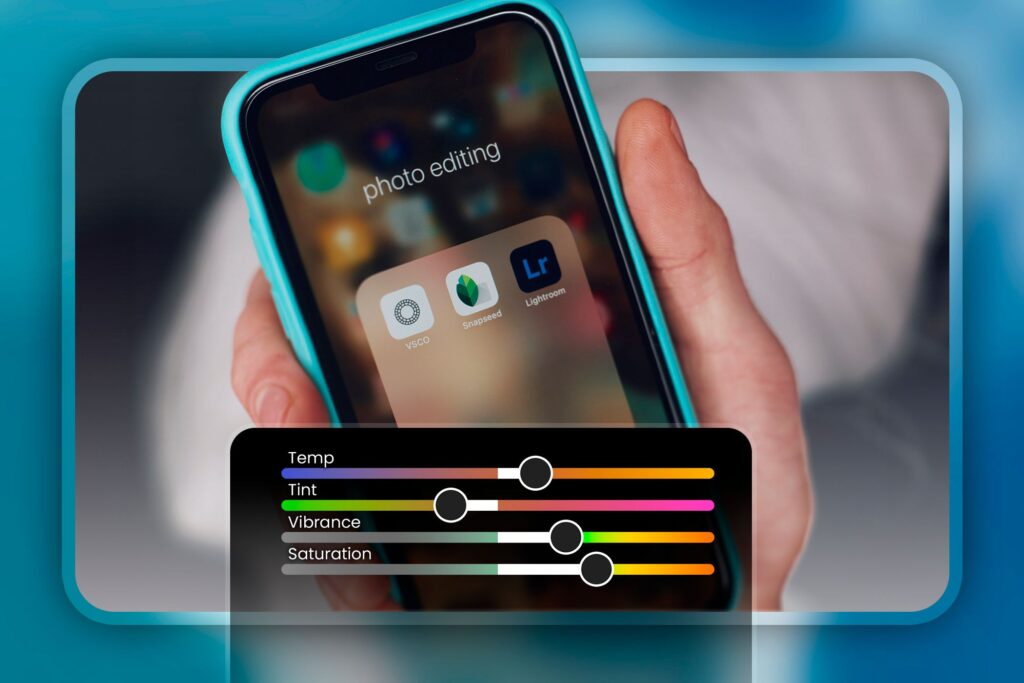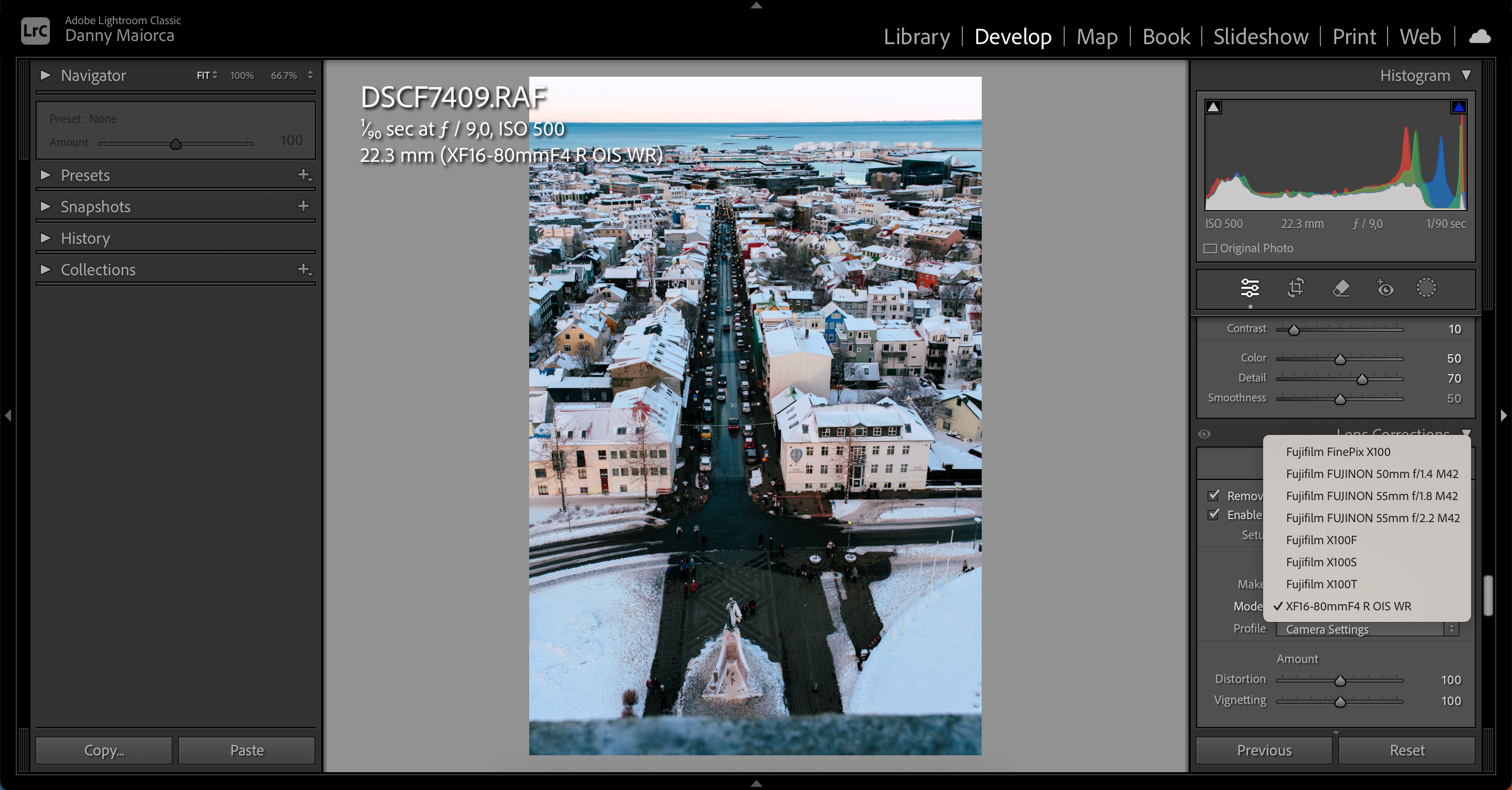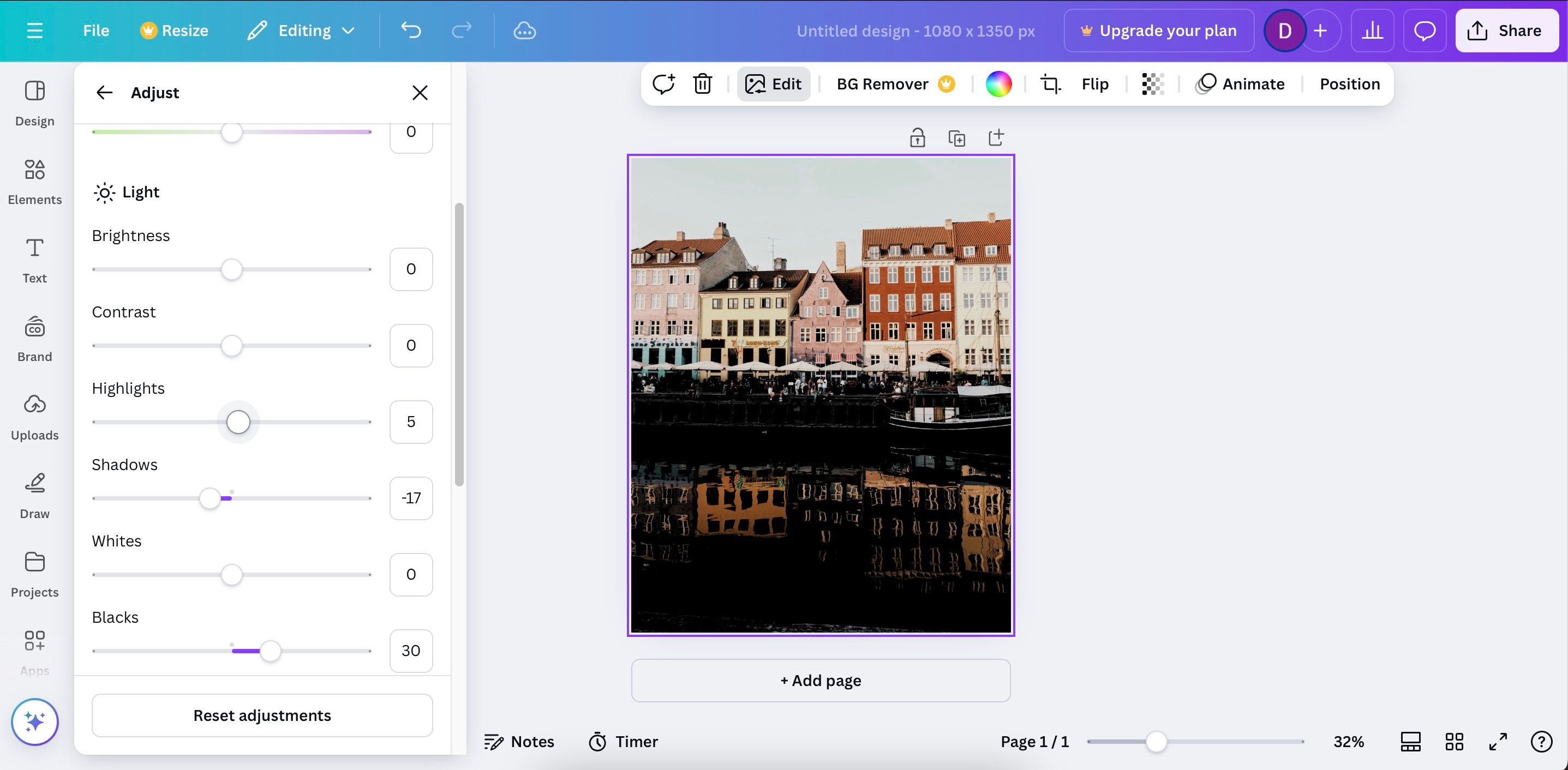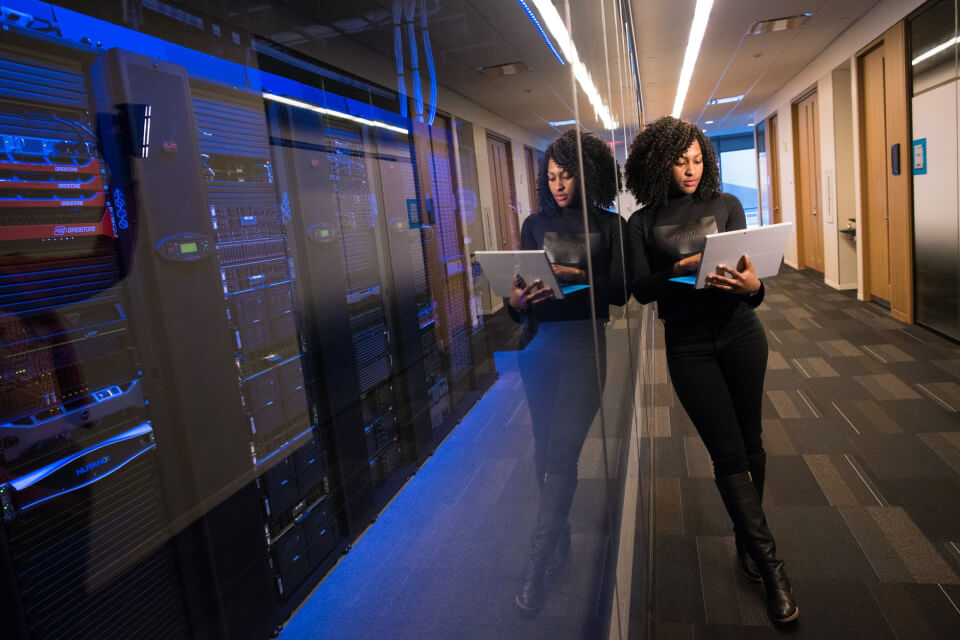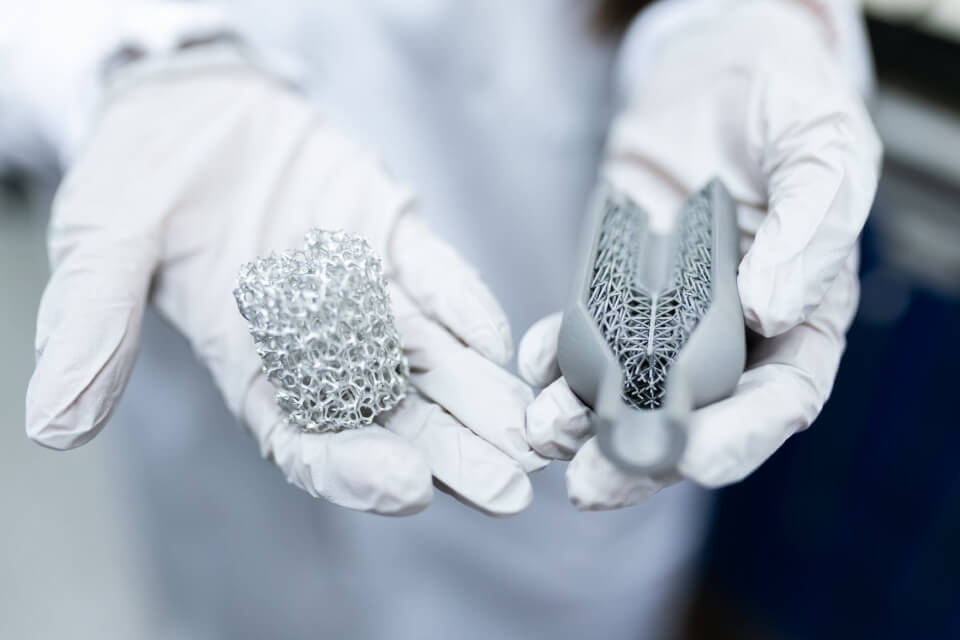Smartphones are convenient for editing photos, but you should consider using desktop devices instead. There’s a reason why pros do things differently.
5
Many Editing Apps Have More Features on Desktop
Smartphone photo-editing apps are often watered-down versions of their desktop counterparts. This makes total sense since developers need to consider responsiveness and screen space. One example is Adobe Lightroom; while the Calibration feature is available on desktop, it’s not available on mobile.
You might not need a full suite of editing features if you’re new to editing. However, it becomes significantly more important as you become more experienced and want to create your own style.
4
Smartphones Are Too Small for Detailed Edits
Smartphones are great for simple photo edits. However, the screen is way too small for more detailed adjustments.
It’s very difficult to adjust the sharpness and add masks for certain parts of your image from a phone screen. Moreover, you can’t see how well-defined some areas of the photo are. As you take your photography more seriously, this will inevitably become more irritating.
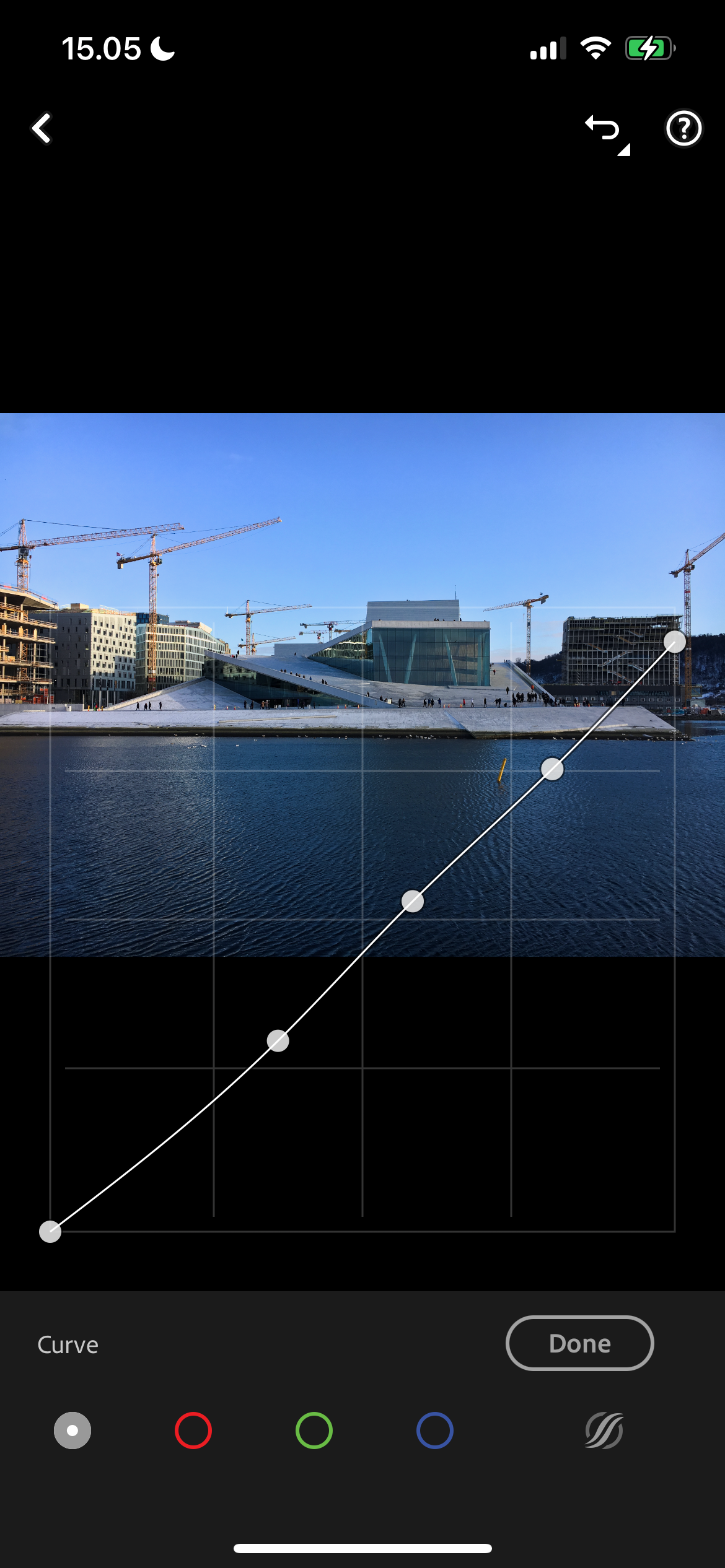
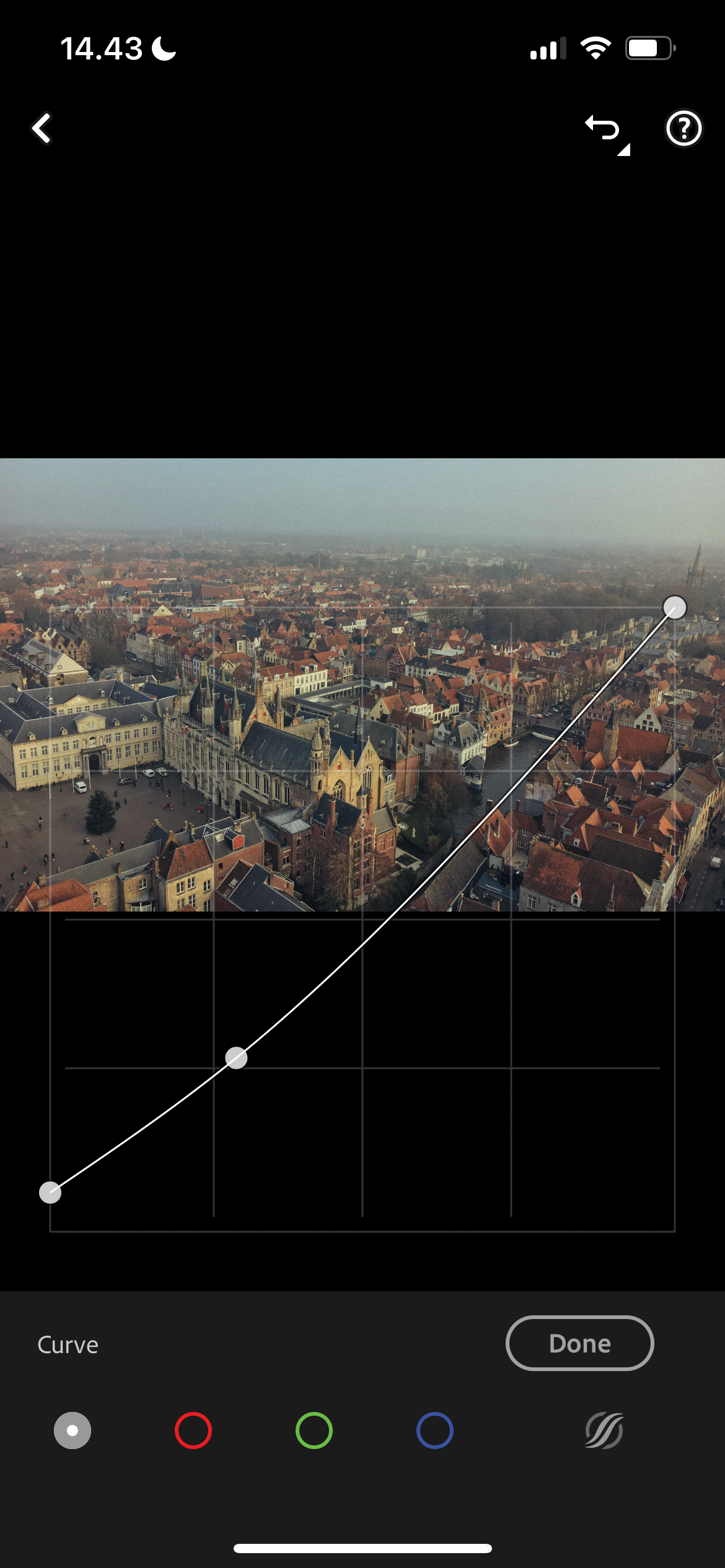
3
Long Editing Sessions Are Uncomfortable
Editing photos can sometimes be very straightforward; all you have to do in some cases is add a preset or filter. But in other instances, you’ll need to be in front of your screen for hours.
Long editing sessions on your phone are difficult, if not impossible. Holding your phone in your hands for so long becomes annoying, and from personal experience, it also results in screen fatigue faster.
Of course, you should still take breaks when editing on a bigger screen. However, doing so without getting distracted is much easier.

Related
This AI Editing Tool Fixes Up Your Photos and Videos With No AI Tell
For natural, subtle edits in an AI-saturated world, this AI editing tool is a must-have.
2
Touchscreens Make Precision Editing Harder
Even for shorter editing sessions, you’ll find getting your preferred results harder when moving sliders on a touchscreen. More complex adjustments, such as Color Grading and the Tone Curve feature, are easy to overdo when using your hands.
You can get around this by using a stylus. However, these tools are still more effective when editing with tablets instead of smartphones. Moreover, not everyone will want to buy an extra piece of equipment to adjust their images.
Even if you use a stylus, you might still find it easier to edit pictures with a computer trackpad or mouse instead of a smartphone screen.
1
Your Phone Is a Distraction Machine
Some people might argue that getting distracted on your computer is still possible, and this is true. However, you have more barriers in place to stop you from getting sidetracked from your photo-editing. For example, you can simply turn the Wi-Fi off when tweaking images in an app that you’ve downloaded.
Even though you can do the same on your phone, some apps won’t work properly after you switch off the internet. Another disadvantage of smartphones is that you’re more likely to receive distracting notifications—such as text messages or someone trying to call you. Ignoring these isn’t easy, even if you have Do Not Disturb mode enabled.
You can also set boundaries with website blockers when editing on your desktop browser. Since you won’t get distracted as often, you might complete your editing sessions in less time than would otherwise be the case.
When you want to make more comprehensive edits, your phone often doesn’t offer as much flexibility as a computer. Desktop apps normally have more features available, and editing on a bigger screen is easier. Since you’re not using a touchscreen, your edits are often more accurate.

